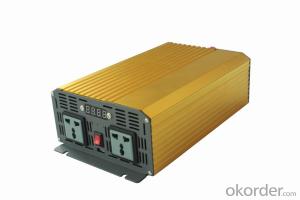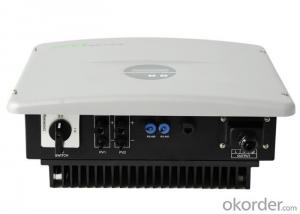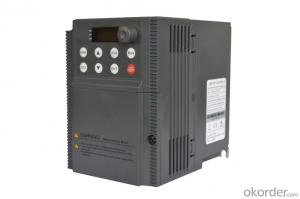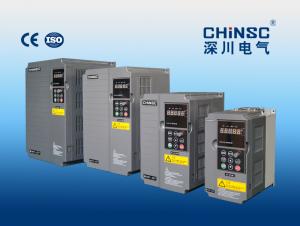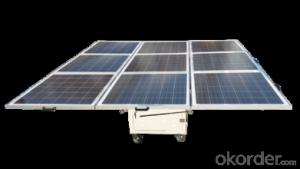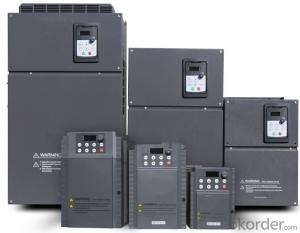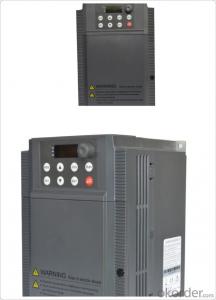Single Phase Solar Inverter
Single Phase Solar Inverter Related Searches
Inverter For Solar Inverter In Solar Red Light On Solar Inverter Use Of Solar Inverter Best Solar Pump Inverter Best Home Solar Inverter History Of Solar Inverter Advantages Of Solar Inverter Outdoor Solar Inverter Cover Best Solar Inverter On GridHot Searches
Solar Inverter For Sale Solar Inverter For Laptop Solar Inverter For Fridge Solar With Inverter Price Solar Inverter Price In Dubai Solar Inverter Price In Uae Solar Inverter Price In Kenya Solar Inverter Price In Kerala Solar Inverter Price In Ghana Solar Inverter Price In Nepal Solar Inverter Price In Ksa China Solar Inverter Price Best China Solar Inverter China 3 Phase Solar Inverter Solar Inverter Supplier In Uae Solar Inverter In Dubai Solar Inverter In Saudi Arabia Solar Inverter In Uae Solar Inverter In Kerala Best China Solar InverterSingle Phase Solar Inverter Supplier & Manufacturer from China
Okorder.com is a professional Single Phase Solar Inverter supplier & manufacturer, offers integrated one-stop services including real-time quoting and online cargo tracking. We are funded by CNBM Group, a Fortune 500 enterprise and the largest Single Phase Solar Inverter firm in China.Hot Products
FAQ
- The maximum power point current for a solar inverter can be calculated by using the maximum power point tracking (MPPT) algorithm. This algorithm constantly adjusts the operating conditions of the inverter to maximize the power output from the solar panels. It does this by varying the input voltage and current to find the point at which the power output is at its highest. This maximum power point current can be determined using mathematical calculations and algorithms employed by the solar inverter.
- Typically, a solar inverter requires its own grounding system. This is because the solar panels produce DC electricity, which needs to be converted to AC electricity by the inverter. The AC electricity is then either sent to the electrical grid or used within the building. Grounding is crucial for safety and proper functioning. In a solar power system, the grounding system provides a safe path for electrical current in case of faults like short circuits or lightning strikes. To prevent electrical shock hazards and comply with safety standards, a separate grounding system for the solar inverter is necessary. It safeguards the equipment, the building, and the people using or working on the system. The specific grounding requirements for a solar inverter may vary depending on local electrical codes and regulations. It is important to seek guidance from a qualified electrician or solar installer to ensure that the grounding system is designed and installed correctly for optimal safety and performance.
- A solar inverter handles voltage sag or drop in the grid by constantly monitoring the grid voltage. When it detects a drop in voltage, it adapts its operation to ensure that the output voltage from the solar panels matches the grid voltage, thereby stabilizing and compensating for the voltage sag or drop. This helps to maintain a consistent and reliable power supply from the solar panels to the grid.
- Yes, a solar inverter can be used with micro-inverters. In fact, micro-inverters are designed to work in conjunction with a central solar inverter. The role of the micro-inverter is to convert the DC power generated by individual solar panels into AC power, which can then be fed into the central inverter for further conversion and distribution to the electrical grid. This combination allows for optimized power production and monitoring of individual panel performance.
- Yes, a solar inverter can be used with a solar-powered vehicle. A solar inverter is used to convert the direct current (DC) produced by solar panels into alternating current (AC) that can be used to power various electrical components of a vehicle. In a solar-powered vehicle, the solar panels generate DC electricity, which is then converted by the solar inverter into AC electricity to charge the vehicle's battery or power its electrical systems.
- What are the methods of photovoltaic grid-connected inverter control
- and can set the dead time between the upper and lower arms, the use of INTEL 80C196MC to achieve sine wave output circuit, 80C196MC to complete the sine wave signal, AC output voltage, to achieve regulation. Circuit output generally use LC circuit filter high frequency wave, get pure sine wave.
- Yes, a solar inverter can be used with a monitoring system. In fact, many solar inverters come with built-in monitoring capabilities, allowing users to track and analyze the performance of their solar energy system in real-time. Additionally, there are also external monitoring systems available that can be connected to the solar inverter to provide more detailed data and insights on energy production, consumption, and system efficiency.









